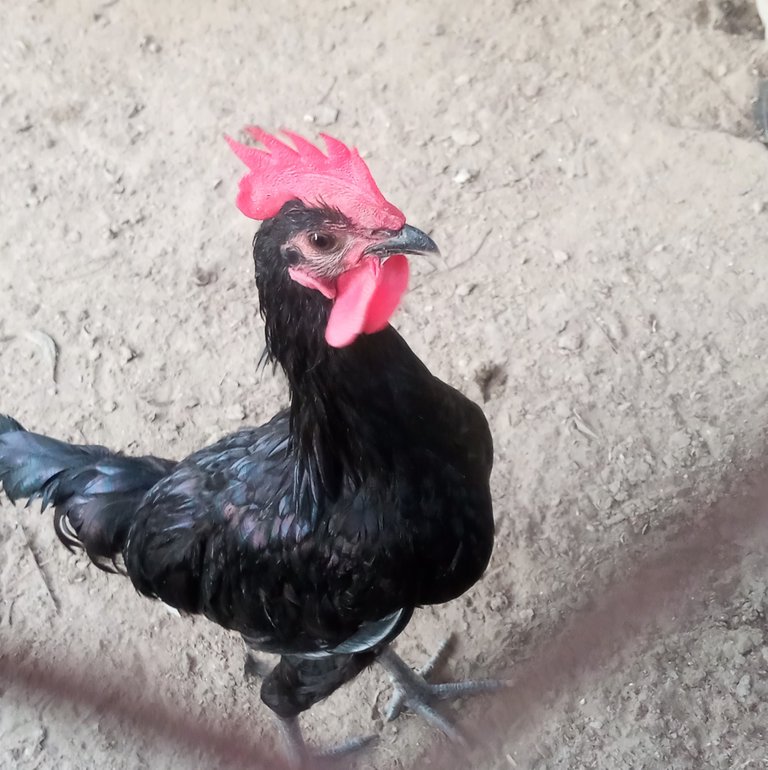
The Australorp is a fairly recent arrival on the chicken scene. Still, it has made a huge impression on chicken keepers and the poultry industry the world over in its relatively short history.
The name is a contraction of Australian black Orpington. Several different names called the breed before Australorp was settled upon.
Since Australians did the major development of this breed in Australia, they are the honorary National bird of Australia.
This article will look at their temperament, egg-laying ability, and breed standard before addressing how to care for them and common health issues properly
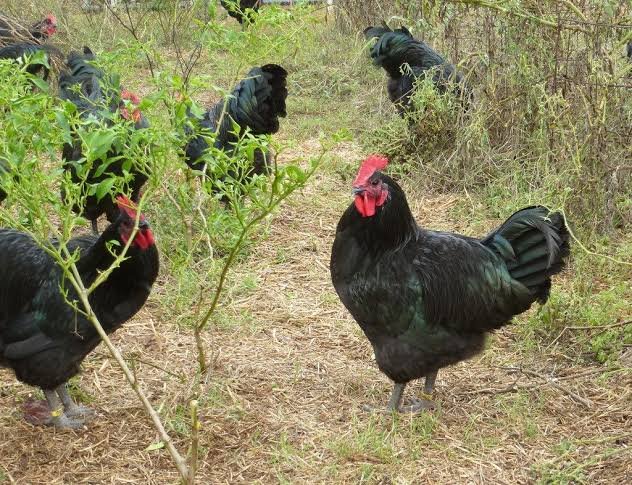
History
In the early 1900s, William Cook’s Orpingtons were imported to Australia to create a good dual-purpose bird suitable for the Australian climate.
People crossed them with Rhode Island Reds to improve the egg-laying ability.
In England, the Orpington was being refined to produce good quality meat. Still, the ever-practical Australian poultry breeders of the 1920s wanted a good utility bird, emphasizing lots of eggs and secondary meat production.
To this end, Cook’s Orpingtons were crossed with Rhode Island Reds, Minorcas, White Leghorn, Langshan, and possibly some Plymouth Rocks
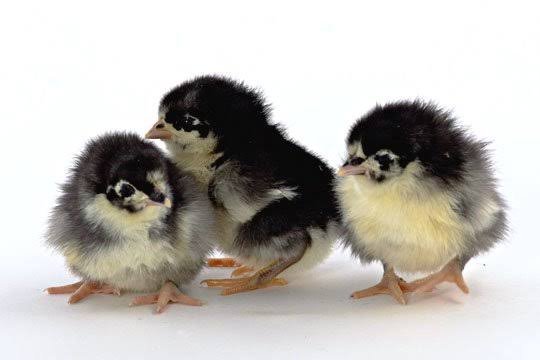
The result was a bird that was a phenomenal layer – probably the combination of Orpington, Leghorn, and Rhode Island Red genes made this bird a laying superstar!
In 1922-23 six Australorp hens laid 1,857 eggs, averaging 309.5 eggs per bird over a 365 day period
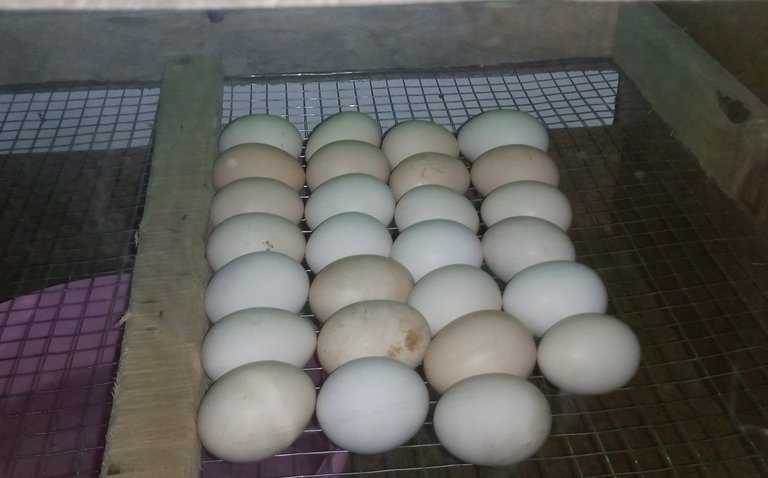
Farmers held regular egg-laying contests all over Australia, and the following year a hen laid 347 eggs in 365 days. The current record stands as 364 eggs in 365 days – an amazing achievement, especially when considering they did this without extra lighting for the hens.
x
History of Australorps
In the early 1900s, William Cook’s Orpingtons were imported to Australia to create a good dual-purpose bird suitable for the Australian climate.
People crossed them with Rhode Island Reds to improve the egg-laying ability.
Australorp
In England, the Orpington was being refined to produce good quality meat. Still, the ever-practical Australian poultry breeders of the 1920s wanted a good utility bird, emphasizing lots of eggs and secondary meat production.
To this end, Cook’s Orpingtons were crossed with Rhode Island Reds, Minorcas, White Leghorn, Langshan, and possibly some Plymouth Rocks.
The result was a bird that was a phenomenal layer – probably the combination of Orpington, Leghorn, and Rhode Island Red genes made this bird a laying superstar!
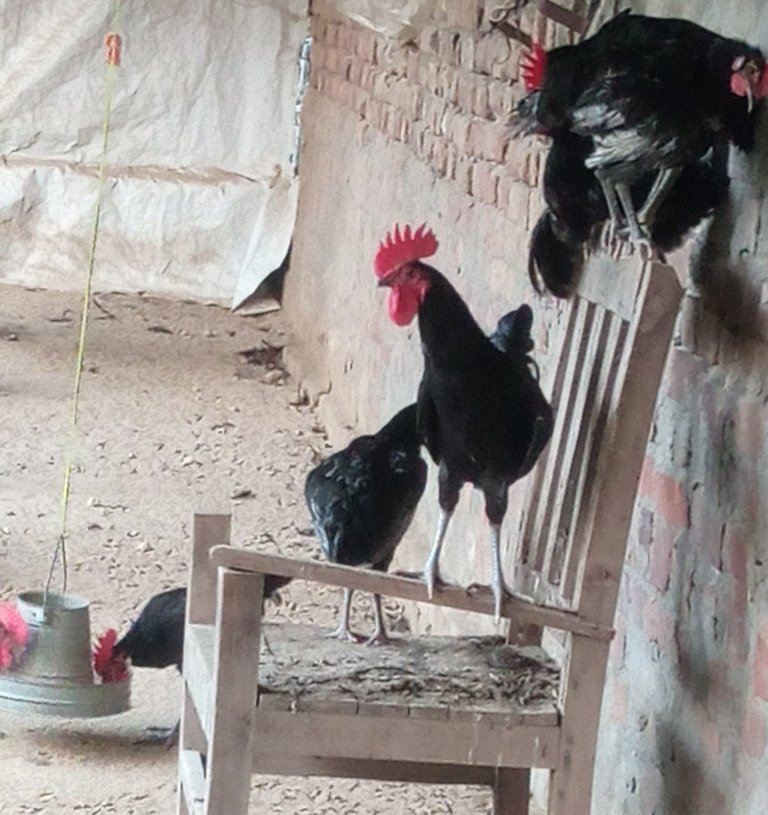
In 1922-23 six Australorp hens laid 1,857 eggs, averaging 309.5 eggs per bird over a 365 day period.
Farmers held regular egg-laying contests all over Australia, and the following year a hen laid 347 eggs in 365 days. The current record stands as 364 eggs in 365 days – an amazing achievement, especially when considering they did this without extra lighting for the hens.
The poultry industry soon became interested in them because of their prolific egg-laying ability – it was a breed they didn’t have to coerce into laying.
The interest waned in the 1930-the 1940s as the Australorp was crossed with the white Leghorn, creating the Austra White, an even more productive hen.
The Australorp went into a decline which has been reversed over the last few years. It is listed as a recovering breed. They remain a top layer to this day and are well suited for the smaller backyard environment.
Backyard chicken folk love them for the same reason – and a few more besides.
They also go by Black Australorp (there are white and blue also), Australian Orpington, or Australs.
The Australorp, while shy initially, is known to be an extremely friendly large-breed chicken. They make the perfect children’s chicken and are great for those who are interested in fair chickens.